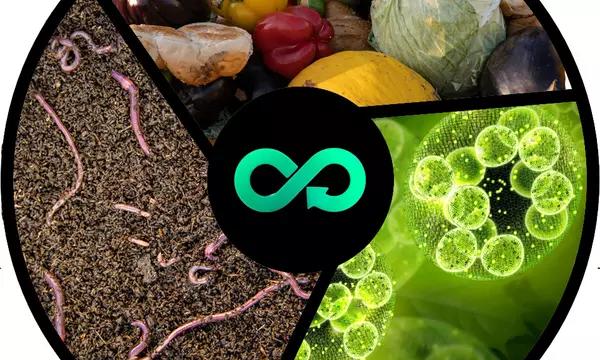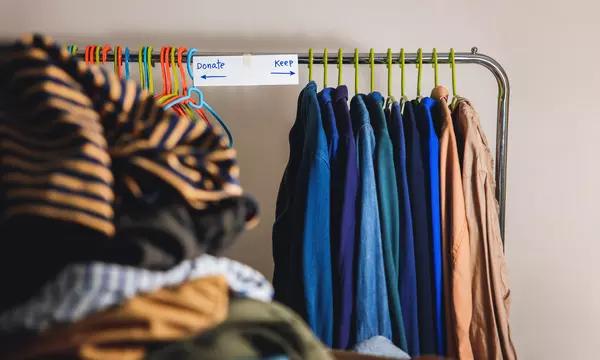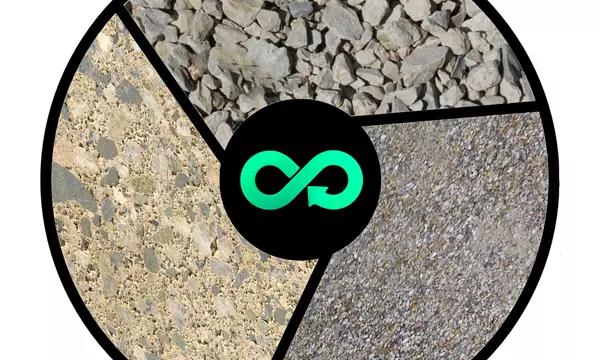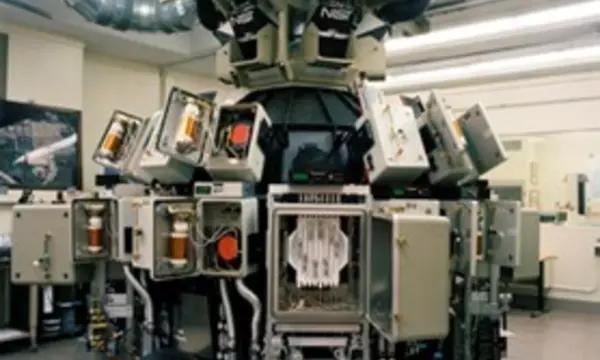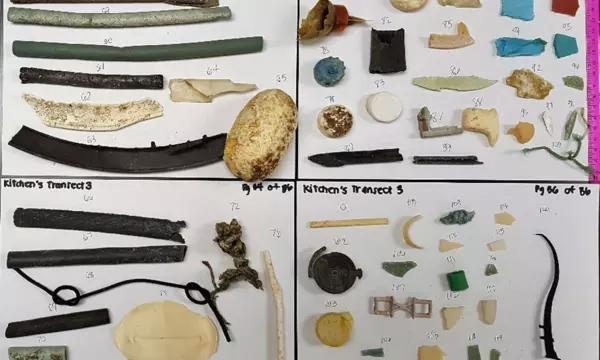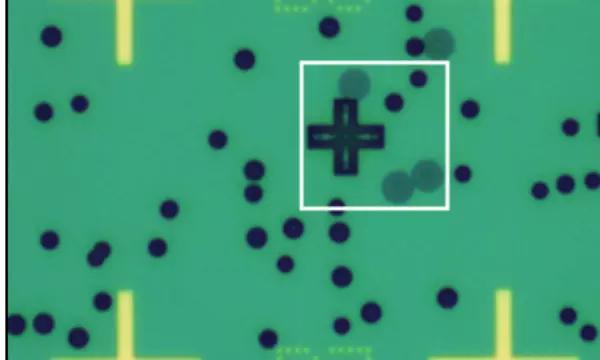What is a circular economy?
Today, the American economy is mostly linear. We extract natural resources from the earth, process them, use them to manufacture goods, then use those goods and throw them into a landfill when we’re done. There are two key problems with this, one social and the other economic. On the social side, the linear economy destroys the environment, pollutes waterways, and emits greenhouse gases, which make our quality of life worse. On the economic side, when you throw something away, you're taking those resources out of the economy. Many products, like electronics, furniture, and food, are made of valuable parts that are lost when they're classified as "waste."
A circular economy, on the other hand, keeps those parts and materials inside of the economy. That way, when we’re finished using them, they can be disassembled and their individual parts can be used over and over again. Unlike the linear economy, a circular economy aims to eliminate waste entirely by designing products that are durable, reusable, repairable, and refurbishable using materials that can be recovered and recycled at the end-of-life stage. A circular economic model preserves natural resources, reduces the need for landfills, and advances social and environmental justice while creating value and new business opportunities.
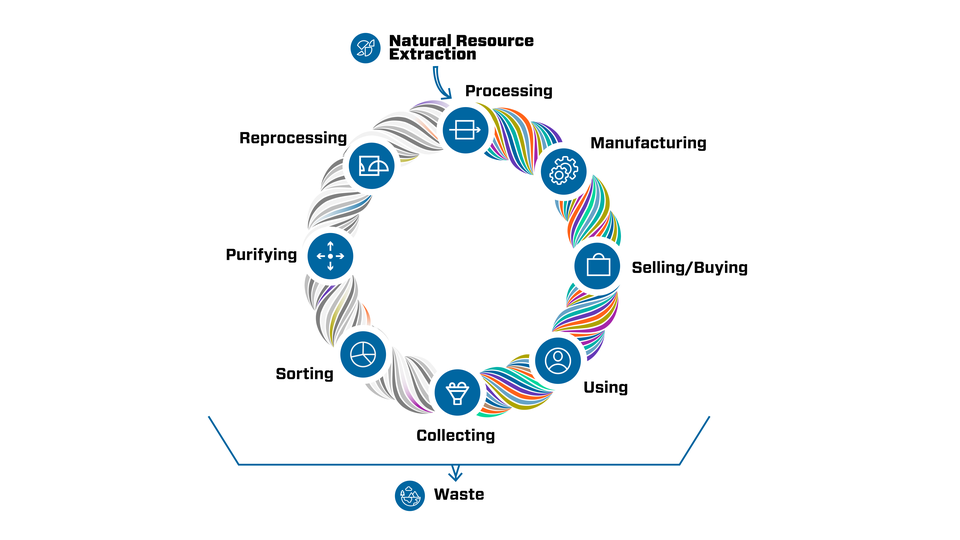
How does NIST help?
NIST's mission is to support the nation's economy and our quality of life. The circular economy improves both. Governments, industries, and consumers around the globe are working towards a more circular economy, but there are plenty of gaps that need to be addressed before we can effectively design out most waste. NIST is working with others to fill those gaps in the materials, data, and measurement science fields.
Organizations measure their impact on the environment with assessments that require NIST’s expertise in
- new measurement science,
- reference materials,
- documentary standards,
- data tools and infrastructure,
- measurement support for decision making, and
- informing policy and regulatory approaches.
Circular economy events
Upcoming events
No Upcoming Events
Past events
- Food Waste Reduction and Recovery Workshop. (December 5-7). Report Coming Soon.
- Workshop on Identifying Standards Needs to Facilitate a Circular Economy for Textiles. (October 17-19, 2023). Hosted by ASTM International. Report coming soon.
- Data and Harmonization to Improve the Circularity of Plastics. (January 24 - 26, 2023). Report coming soon.
- NIST Workshop: Fostering a Circular Economy and Carbon Sequestration for Construction Materials. (June 8, 2022). Read the workshop report.
- Workshop: Fostering a Circular Economy for Manufacturing Materials. (April 20-21, 2022). Hosted by ASTM International. Read the workshop report.
- NIST Workshop: Facilitating a Circular Economy for Textiles (September 21-23, 2021). Read the workshop report.
- NIST Workshop: Assessment of Mass Balance Accounting Methods for Polymers (May 3-5, 2021). Read the workshop report.
- NIST Workshop: Circular Economy in the High-Tech World (January 27-28, 2021). Read the workshop report.
The Circular Economy Resource Registry
The Circular Economy Resource Registry is a rich catalog for key circular economy distributed expert resources--organizations, datasets, and tools--determined to be highly relevant for Circular Economy analysis. In development. Coming 2024.
Projects
News and Updates
Contacts
Program Manager
-
(301) 975-2113


